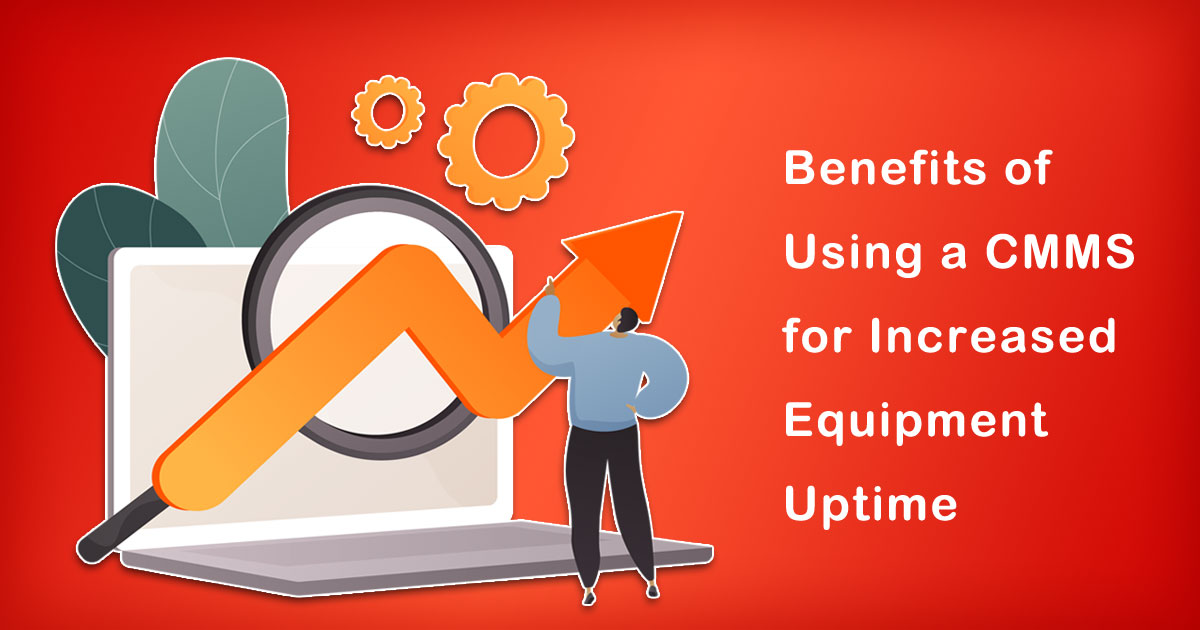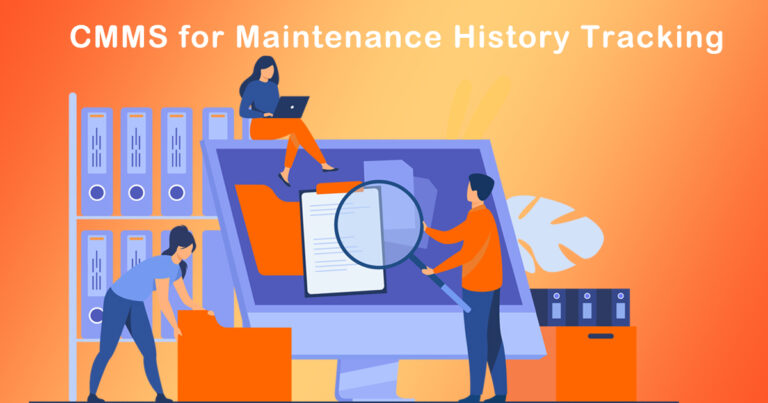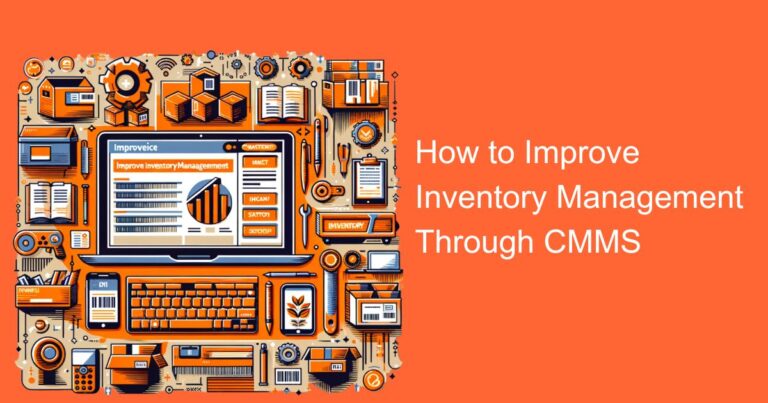Introduction
In today’s fast-paced industrial landscape, equipment uptime plays a crucial role in ensuring smooth operations and maintaining a competitive edge. Downtime can lead to production delays, revenue loss, and customer dissatisfaction. To combat these challenges, many organizations are turning to Computerized Maintenance Management Systems (CMMS). A CMMS is a software solution that streamlines maintenance processes, tracks assets, and enhances overall equipment uptime. In this article, we will explore the benefits of using a CMMS in an Indian context and how it can contribute to increased equipment uptime.
Enhanced Maintenance Planning and Scheduling
One of the primary advantages of a CMMS is its ability to improve maintenance planning and scheduling. Traditional maintenance practices often rely on reactive approaches, leading to unexpected breakdowns and increased downtime. With a CMMS, maintenance teams can transition to a proactive strategy by utilizing preventive maintenance techniques.
A CMMS allows organizations to schedule regular maintenance tasks based on predefined criteria such as time, usage, or condition. By conducting maintenance activities before issues escalate, potential breakdowns can be identified and addressed in a timely manner. This systematic approach reduces unexpected equipment failures, improves productivity, and ultimately increases equipment uptime.
Efficient Work Order Management
Work order management is a critical component of maintenance operations. Without a streamlined process, work orders can be misplaced or delayed, resulting in extended equipment downtime. CMMS software provides a centralized platform for managing work orders efficiently.
With a CMMS, work orders can be created, assigned, and tracked in real-time. Maintenance technicians receive notifications and updates, enabling them to prioritize tasks effectively. The system also maintains a comprehensive record of work order history, allowing organizations to analyze trends and identify areas for improvement. By streamlining work order management, a CMMS reduces downtime associated with delays and miscommunication.
Inventory and Spare Parts Management
Managing inventory and spare parts is a challenging task for maintenance departments. Overstocking or understocking can lead to delays in repairs and increased equipment downtime. A CMMS offers inventory management features that enable organizations to optimize their spare parts inventory.
By integrating the CMMS with the organization’s supply chain system, maintenance teams can track stock levels, monitor usage patterns, and automate reordering processes. With accurate inventory data, maintenance personnel can quickly locate required spare parts, reducing the time taken to repair equipment. Effective inventory management facilitated by a CMMS minimizes equipment downtime and improves overall operational efficiency.
Data-Driven Decision Making
CMMS software provides organizations with access to valuable maintenance data and analytics. By collecting and analyzing information on equipment performance, maintenance activities, and costs, organizations can make informed decisions to optimize their maintenance strategies.
Through the use of key performance indicators (KPIs), a CMMS enables organizations to monitor critical metrics such as mean time between failures (MTBF) and mean time to repair (MTTR). These insights help identify equipment with recurring issues, determine maintenance priorities, and allocate resources more effectively. By leveraging data-driven decision making, organizations can reduce downtime, increase equipment reliability, and drive overall productivity.
Compliance and Documentation
In industries with stringent regulatory requirements, compliance and documentation play a vital role. Failure to adhere to regulations can result in severe penalties and reputation damage. A CMMS helps organizations maintain compliance by automating documentation processes and providing an audit trail of maintenance activities.
CMMS software allows maintenance teams to record and track maintenance activities, inspections, and certifications. This documentation can be easily accessed and shared with regulatory authorities when required. By ensuring compliance and maintaining accurate records, a CMMS reduces the risk of legal issues, while simultaneously contributing to increased equipment uptime.
Conclusion
In the Indian industrial landscape, where equipment uptime is of paramount importance, implementing a CMMS can provide numerous benefits. By enhancing maintenance planning and scheduling, streamlining work order management, optimizing inventory, enabling data-driven decision making, and ensuring compliance, organizations can significantly increase equipment uptime. With the right CMMS solution in place, businesses can operate more efficiently, reduce downtime, and stay ahead of the competition in today’s dynamic market.








